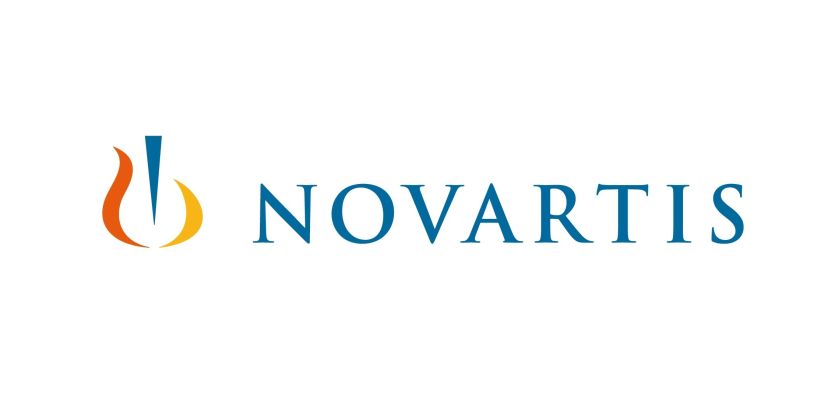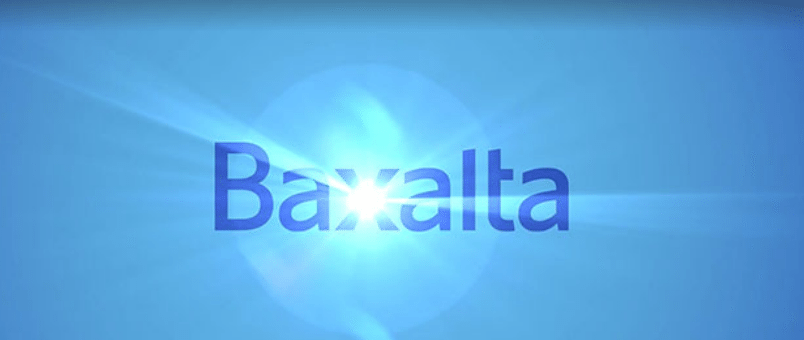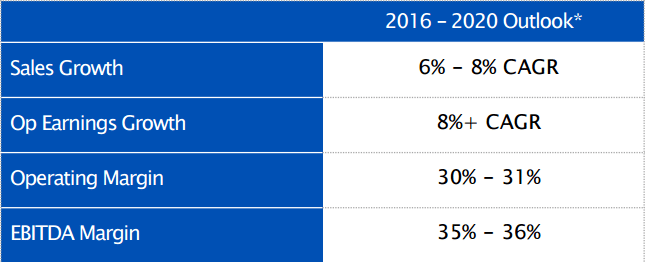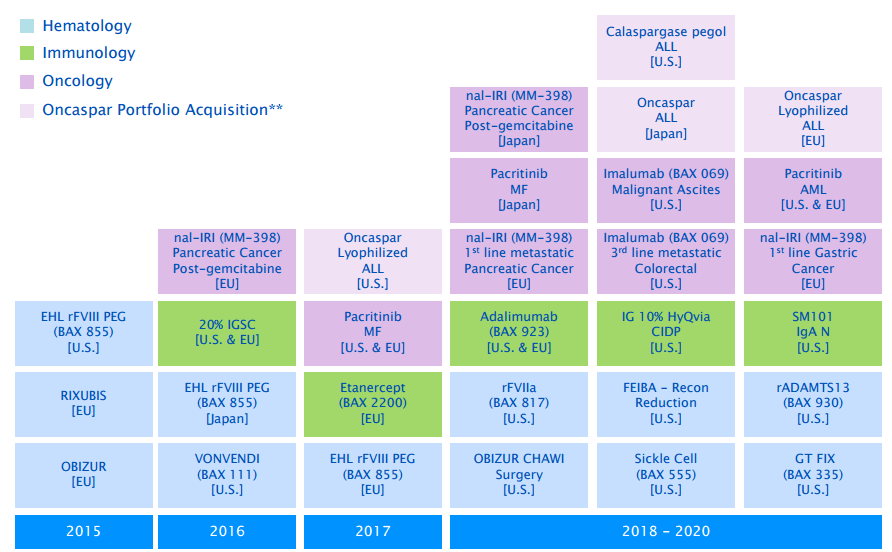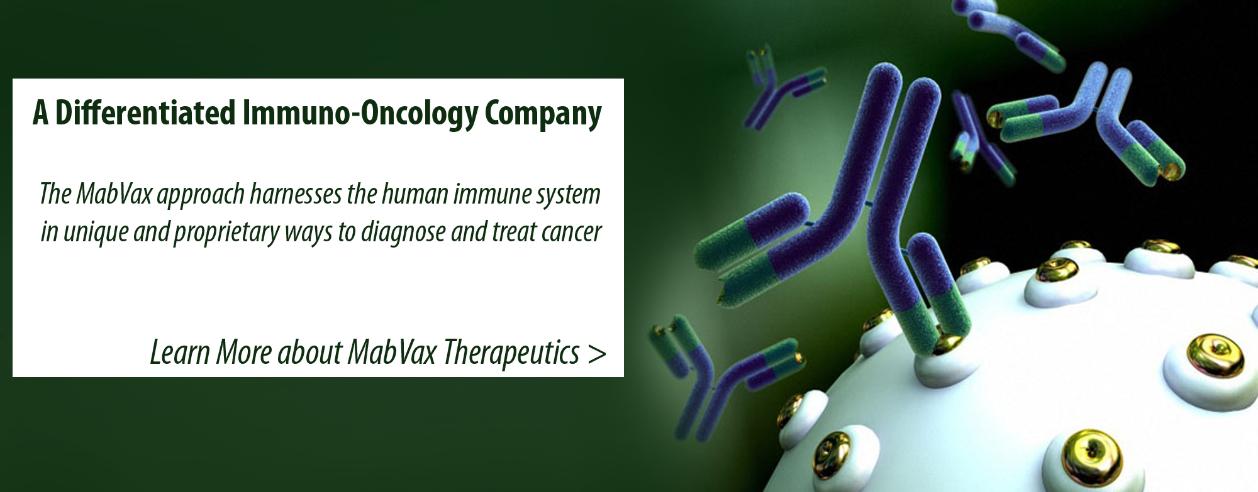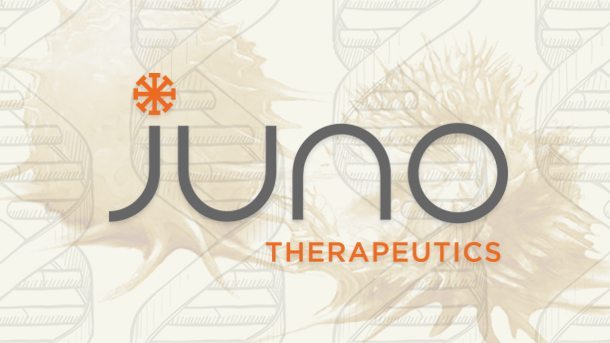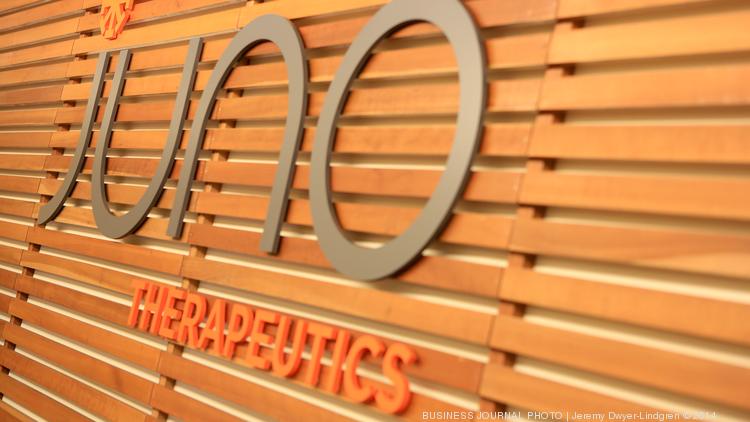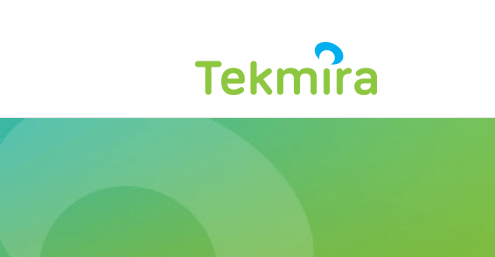With all the hype surrounding the potential biotech bubble and the flurry of IPOs we’ve seen over the last few weeks, it is easy to forget that there is actually some meaningful research and design going on behind the scenes of a number of incumbent/mid-stage partnerships. One of these partnerships is between industry giants Celgene Corporation(NASDAQ:CELG) (which took a $1 billion position in T-cell therapeutics company Juno just last week) and Epizyme, Inc. (NASDAQ: EPZM). On June 9, 2015, shortly after the markets closed in the US, we learned that Celgene had extended its research collaboration with Epizyme, with the target being a minimum of a further three-year research into the latter’s pipeline of three first-in-class preclinical epigenetic targets. We’ve mentioned before that biotech can be different from other industries in that – if we see an overall market downturn – the sector may not respond as strongly as, say, the financial sector or energy sector. This “inelasticity” is rooted in the fact that healthcare itself is not dictated by market forces, and – while it is obviously likely that there will be some correction in the event of an overall market correction, biotech is a) likely not to fall quite as far and b) likely to pick up a little quicker than other industries. This phenomenon is further supported by the onset of the affordable care act in the US. With this said, biotech incumbents will be more than aware that there stocks have gained in the hundreds of percent over the past four or five years, and that now is not the time to be allocating non-core capital to speculative targets. For this reason, it is reasonable to conclude that Celgene must see promising Epizyme’s pipeline, and in turn, that there is an opportunity as investors for us to get in at a discount. So, with this said, what are the renewed terms of the collaboration, what is the treatment in question, and how far from any potential marketing phase of it are we at the moment?
First, let’s look at the deal. There are five or six primary points worth addressing. The first is that Epizyme will take a $10 million extension fee from Celgene, and in return, Celgene will pick up an option that allows it to gain individually licensed global rights for two of the three treatments in question, and international rights (i.e. outside of the US) for the third. Next up is the fact that Epizyme will be responsible for taking each target through phase 1 clinical trials. After this, Celgene is to make an additional payments and help to carry any one of the treatments through phase 2a/b or 3. A number of other cash payments are due according to certain milestones, with $610 million in total combining $75 million development and license fees, $365 million in regulatory milestones and $170 million in sales milestones. There is also a low double-digit percentage on worldwide net sales for two treatments in the deal for Epizyme, alongside a similar percentage for international sales on a third. One of the great things about this agreement is that it presents us with a timeline to approval. Often, in biotech, it can be difficult to project returns, but – in this instance – and as we have already commented upon, the collaboration is expected to last an additional three years. This means that both companies expect (assuming efficacy and safety can be proven) to carry the three treatments in question through to approval within 36 months from now.
So what are the three drugs in question? The third is as yet to be decided, but the primary two (the ones for which Celgene has the option to individually licensed global rights) are tazemetostat and pinometostat. The former targets non-Hodgkin lymphoma, and works through inhibiting an enzyme called EZH2, which – in patients with large B-cell lymphoma – is misregulated and can cause rapid cancer cell proliferation. Through innovation, Epizyme expects tazemetostat to halt this proliferation.
Next up is pinometostat, a small molecule inhibitor of DOT1L for the treatment of patients with a genetically defined acute leukemia. For those interested, the genetic definition is as follows:
MLL-r subtype of acute myeloid leukemia, or AML, and acute lymphoblastic leukemia, or ALL, in patients with a chromosomal translocation involving the MLL gene, which includes partial tandem duplications of the MLL gene (MLL-PTD)
This mechanism of action on this one is little more complicated to define, but to simplify; through inhibiting a small molecule called histone methyltransferase (one of a class of enzymes that regulate gene expression) an oncology treatment can kill cancer cells in vitro, without damaging non-cancer cells in a patient. By targeting the DOT1L HMT, a specific member of this class of enzymes, Epizyme hypothesizes that pinometostat can kill MLL cells in patients.
So what’s the takeaway on this one? Well, Celgene has reaffirmed its support for both Epizyme as an investment opportunity and its gene therapy treatments as approvable candidates. We’ve got a fixed timeframe of three years that we can set as our target scope, and what looks to be the funds to carry us through this timeframe if safety and tolerability can be proven in phase 1. At a time when it’s getting harder and harder to pick valuable biotech opportunities from an already overvalued bunch, Epizyme doesn’t look like a bad choice.



